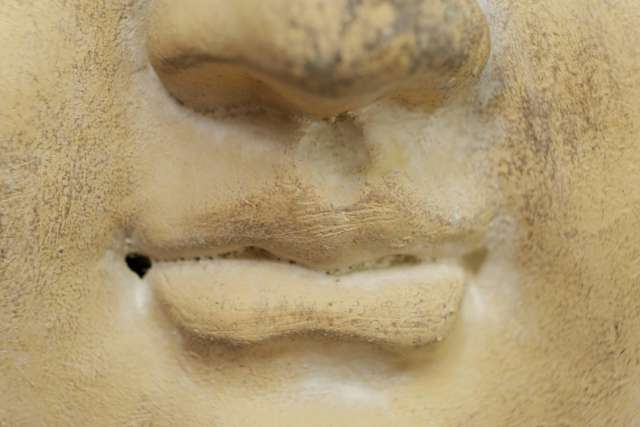Dear Reader: Tonsils are the two rounded pads of tissue located at the back of the throat. About the size of an olive, they sit on either side of the uvula. (That’s the flap of tissue that dangles from the back of the soft palate.)
As part of the lymphatic system, tonsils are a first line of defense against inhaled or ingested pathogens. They serve as gatekeepers to antigens, which are substances that set off an immune response. An alert from the tonsils awakens the body’s immune system. This results in the release of an array of specialized proteins, which are sent to fight off the potential invaders.
When viewed through a mirror as you say “Ahhh,” the rounded exterior of the tonsils can appear to be perfectly smooth. When examined more closely, it becomes evident that the surface of the tonsils contains numerous folds, creases and small crevices. These are known as tonsillar crypts.
Designed to capture and trap possible microbial invaders, tonsillar crypts are a natural feature of tonsil anatomy. They also bring us (at last!) to the subject of your question.
Tonsil stones are the pebblelike masses that can sometimes form within the crevices and indentations of the tonsillar crypts. Also known as tonsilloliths, they are typically yellow, white or pale gray in color. Tonsil stones are primarily made up of calcium salts, which are derived from saliva. They also typically contain dead cells, mucus and food debris. Tonsil stones can also play host to bacteria, which find the moisture and nutrients trapped in the tonsillar crypts to be a congenial environment.
Risk factors for developing tonsilloliths include smoking, a history of poor oral hygiene and repeated tonsil infections. They are also more common in people with naturally large tonsillar crypts.
For the most part, tonsil stones don’t cause symptoms. When they do, these can manifest as a sensation of something hard being trapped in the back of the throat, slight discomfort when swallowing, a lingering unpleasant taste in the mouth or bad breath due to the trapped bacteria.
It is also possible for the bacteria contained in tonsil stones to cause a chronic cough, trigger repeated sore throat or infections or radiate to the ear and lead to earache. When this is the case, the presence of tonsil stones may need to be addressed.
Home remedies are available. Repeated gargling with warm, salted water can reduce inflammation, loosen the stones and allow them to separate from the tonsillar crypts. When tonsil stones are easy to see, the stream from a water flosser can help flush them out. Sometimes, it can be possible to use a cotton swab to carefully and gently ease one from its mooring.
When tonsil stones are quite large or cause repeated problems, an ear, nose and throat specialist can remove individual stones. However, if tonsil stones re-form and continue to cause health problems, a tonsillectomy may become the appropriate solution.
(Send your questions to [email protected], or write: Ask the Doctors, c/o UCLA Health Sciences Media Relations, 10960 Wilshire Blvd., Suite 1955, Los Angeles, CA, 90024. Owing to the volume of mail, personal replies cannot be provided.)




